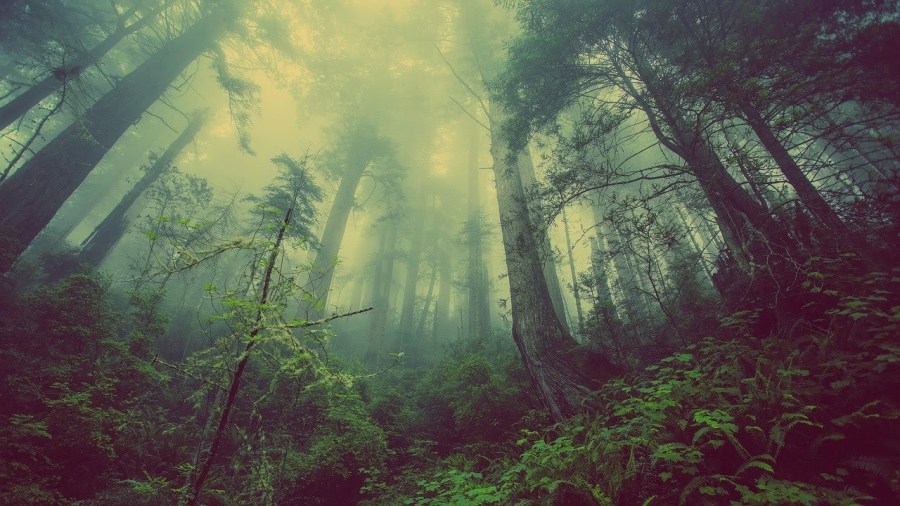What Is the Difference Between Afforestation and Reforestation?

Afforestation and reforestation seek to achieve the goal of new forest growth in slightly different ways. Afforestation is the act of planting forests where no forest has existed before or where there hasn’t been a forest in a long time. Reforestation is the act of planting new trees where trees have recently been cut down or destroyed.
Examples of Afforestation
One of the best-known examples of afforestation is Kenya’s Green Belt Movement, which Wangari Maathai started in 1977. During the past 40 years, Kenyans have planted over 51 million trees in areas that hadn’t had tree growth before. Maathai received a Nobel Prize for her efforts in starting the Green Belt Movement.
Since 2010, India’s State Compensatory Afforestation Fund Management and Planning Authority has afforested the Arunachal Pradesh region and achieved 70 percent afforestation. Israel’s Yatir Forest is an afforestation development on the site of a historical Levite village in the Negev Desert. Since 1964, Israel has planted more than 4 million trees in the area.
Examples of Reforestation
In Tanzania, officials have planted 6.4 billion trees since 1990 to restore woodlands that had been destroyed for firewood. They have relied on donations from multinational organizations. Beginning in 1961 in South Korea, local and national authorities began reforesting areas that the Japanese had destroyed when they occupied the country. By 2008, South Korea had replaced damaged forests with more than 11 billion trees.
Mexican environmentalist Jesús León Santos saw what poor farming methods had done to lands in Mexico, and he established the Center for Integral Small Farmer Development in the Mixteca to plant trees that would enrich the soil. His efforts have planted trees over nearly 2,500 acres. In the United States, the Appalachian Regional Reforestation Initiative (ARRI) has planted more than 60 million trees on more than 86,000 acres to reforest land that had once been coal mining land.
Environmental Benefits
Both afforestation and reforestation have numerous environmental benefits. Trees thrive on the carbon dioxide that greenhouse gases produce, and they produce oxygen that humans and animals need to survive. The roots of trees also prevent erosion that can wash away good soil.
Forest growth also prevents water runoff. The water then seeps into the soil and recharges groundwater, which increases the water supply for people and animals. Trees and other plants also enrich the soil and increase its quality, and the forest growth that trees provide make homes for animals and birds.
Economic Benefits
There are also plenty of economic benefits that go along with afforestation and reforestation. Trees are a renewable natural resource that provides lumber for building and other industries. Lumber can provide money to landowners, and the lumber industry creates jobs for workers as well as profits for companies. Trees can also provide firewood to heat homes.
Forest growth also provides more water for homes and businesses to use. America’s forests can provide numerous recreational opportunities, such as camping, hiking, hunting, mountain biking, ATV riding, and even eco-tourism. The natural beauty of forests attracts tourists to those areas, and tourism in forested areas brings plenty of money into local economies. Planting trees is a long term investment in many ways.
Controversies Surrounding Afforestation
Even with all the benefits that afforestation and reforestation provide, afforestation has generated plenty of controversies. Environmentalists are critical of afforestation because it can sometimes destroy another type of habitat or environment to create a forested area. They also say that afforestation can sometimes uproot species that wouldn’t otherwise live in a forested area. Climate activists also claim that afforestation doesn’t do enough to soak up carbon dioxide, while other critics claim that afforestation is too expensive to be effective.
There are also examples of problems that occur when the wrong kinds of trees are planted in an area. In Ireland, a government and commercial partnership to plant acres of trees every year has met with resistance because the trees that they are planting grow so closely together that they kill wildlife and block sunlight.





